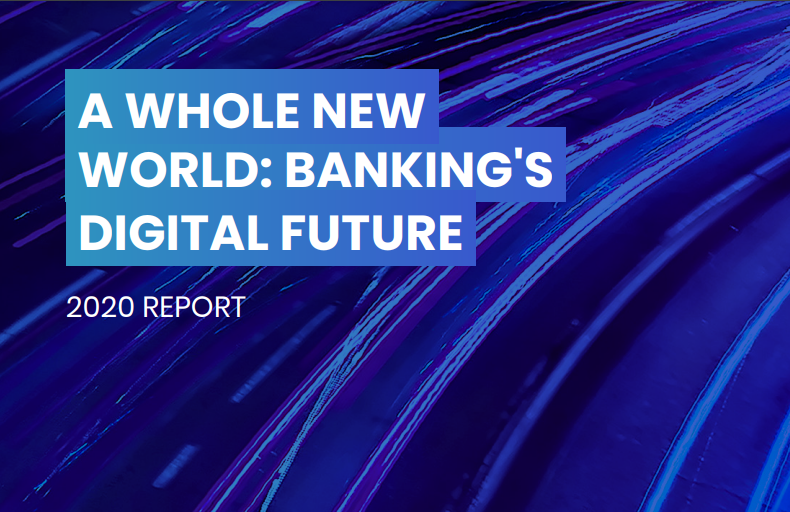
In five years’ time, consumers will combine their banking needs with a trip to their local café or supermarket, opening an account secured with full KYC and AML checks through super-capable POS terminals or withdrawing cash when paying for their coffee.
As Brett King puts it in Bank 3.0, ‘Banking is no longer somewhere you go, but something you do.’
A complete change from what we’ve known to date. And this revolution will be powered by super-capable, automated banking terminals, backed up with secure, efficient and powerful software.
Digital banking has a number of attractions, not least because it is based on more flexible and cheaper intelligent terminals and cloud computing enabled by new, super-fast mobile internet network technologies. These technologies reduce the investment threshold for banks and help to create new services, with lighter terminals, a smarter network and the capacity for a range of intelligent sensors, from 3D structured light cameras and NFC readers to fingerprint scanners and GPS.
Read more: The explosion of digital wallets is starting to slow down in Latam.
This new approach to banking service delivery will have wide-reaching effects, including enabling those people around the world without sufficient access to financial services to enter the banking system, a market valued at around US$3802 billion per year.
To succeed, banks need to completely change the way they think about their existing systems. As the world moves online, customers will expect faster, cheaper, more secure and flexible services as and where they want them.
The Wiseasy report makes clear, banks around the world have started adopting innovative, digital-first client services. Although still in its infancy in Europe and North America, fully digital banking is more advanced in Asia, the Middle East and Africa, where banks have fewer legacy systems to manage.
This report explains why the digital banking revolution is happening – and what you
need to do to prepare.


